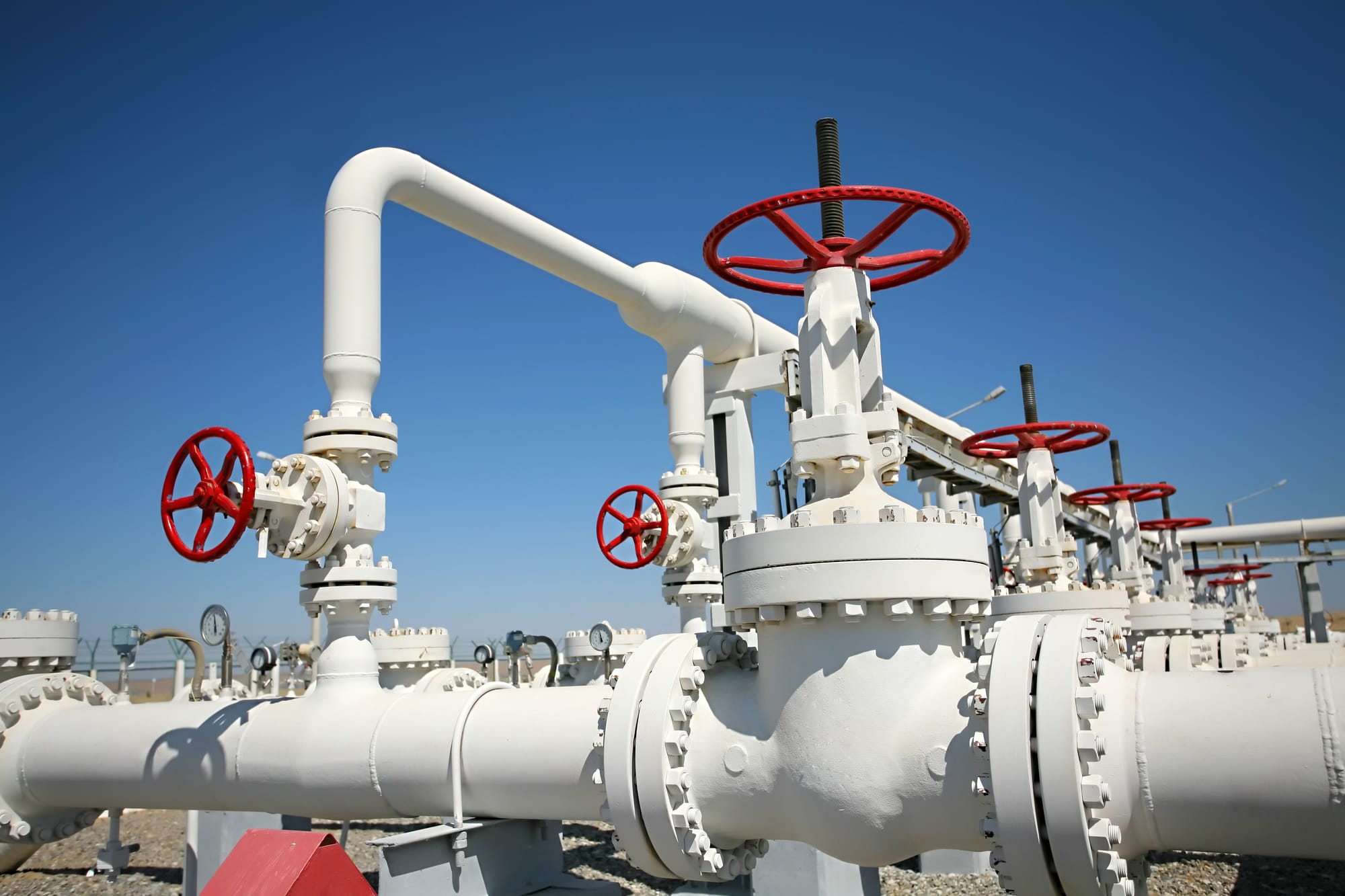

A ClimateWorks Australia report has found that the national demand for gas could be reduced by 25 per cent by 2030 through better energy efficiency measures and using gas alternatives in industry and buildings.
These expected savings could meet up to 70 percent of the projected shortfall in gas supply on the east coast, estimated at around 465 petajoules (PJ) by 2030, while lowering energy costs for all gas users.
Two ways to cut gas use: efficiency or fuel shifting
Our report found significant opportunities to reduce gas demand through demand-side measures, mainly in large industry and commercial and residential buildings.
There are essentially two ways to reduce gas use: by improving energy efficiency, or by substituting another fuel for gas. For example, industry could save about 200PJ of energy by implementing improvements such as re-using waste heat, upgrading boilers, and using electricity, solar thermal energy or bioenergy for industrial heating.
Read more: Turning waste into sustainable profit
A further 90PJ could be saved through improvements in our commercial and residential buildings. Nearly two-thirds of this saving would come from energy efficiency improvements, such as improving the building shells, better temperature controls, or upgrading water and space heating equipment.
The rest of the savings would come from switching from gas to electric heat pumps for water and space heating (including split-system air conditioners).
A final 30PJ can be saved in the electricity generation sector by reducing demand across buildings and industry with, for example, more efficient appliances and motors.
Making Australia competitive
Reducing gas use will immediately lower household and business costs, and in the longer term ease the pressure on gas supplies.
It will also improve the competitiveness of Australian industry. Our previous research has found that global and domestic leaders in efficiency consistently achieve 1-2 per cent in energy savings per year. This is much higher than other companies in the same sector.
Read more: Waste not, want not: home-grown plan to turn plastic and tyres into fuel
Low-performing companies could increase their profit margins by 2-10 per cent each year – even after accounting for the capital costs of improvements – if they matched the efforts of leaders in their sector.
This is particularly important for Australian companies. We are lagging behind other developed economies in terms of energy productivity, at a time when energy prices are soaring.
Reduce emissions, increase productivity
More than half of Australia’s national energy productivity target could come from reducing gas use and incentivising fuel shifting as much as possible.
Read more: Australia’s energy productivity plan promises more bang for our buck, but lacks commitment
We could also stop the equivalent of 7-16 tonnes of carbon dioxide going into our atmosphere every year, meeting up to 12 per cent of Australia’s 2030 emissions reduction target.
Our research identified the barriers preventing many businesses from significantly reducing their gas use. These include lack of capital, skills or information, and the perception that relatively new technologies are risky.
This means there’s a real need for government policy and support. A small number of state-based programs are already aimed at helping businesses improve their efficiency and explore gas alternatives. We need national initiatives to supplement these, building on existing programs such as the National Energy Productivity Plan and the Emissions Reduction Fund.
Reducing gas demand can help us towards net zero emissions, save business and households considerable amounts of money and improve our energy security. This is a win-win for Australia.

This article originally appeared on The Conversation.
Amandine Denis is Head of Research at ClimateWorks Australia, part of Monash University. It receives a majority of its funding from philanthropy. It also provides advisory services to governments and businesses against a fee, when those are in line with its mission to support a transition to net zero emissions by 2050 in Australia.





